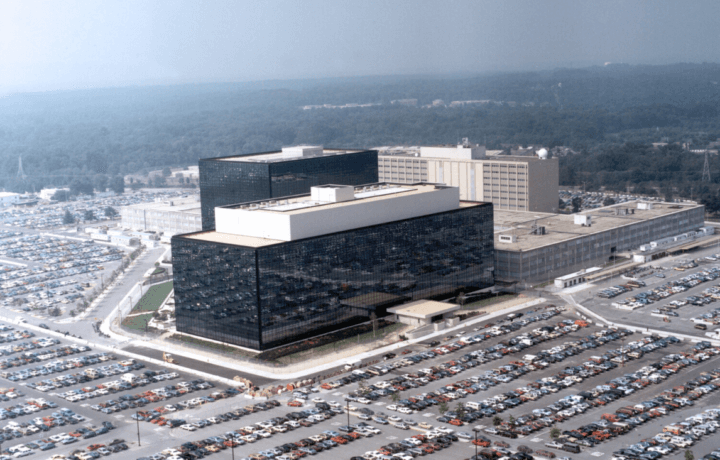In a recent National Security Agency (NSA) joint media roundtable during the annual INSA Intel Summit, Dave Frederick, Assistant Deputy Director for China, and Christine “Chris” Parker, Senior Strategist, shared valuable updates on the agency’s hiring and retention strategies. The roundtable revealed how NSA is navigating its post-pandemic recruitment and retention efforts, giving insight into their evolving workforce approach.
From Pandemic Slowdown to Hiring Acceleration
The discussion touched on how NSA’s hiring practices have adjusted since the pandemic-induced slowdown. When I asked whether the agency is still focused on large-scale hiring or shifting towards retention, Ms. Parker’s response provided clarity on the agency’s current mindset.
“We had to recover from that dip during the pandemic year and really going into 2021,” Parker explained. NSA had to boost hiring following the hiring slowdown, which led to significant recruitment programs over the last couple of years. Simultaneously, Parker highlighted that retention has become equally important. NSA’s efforts in this area have been successful, lowering attrition rates by more than a percent, a significant feat for such a large organization.
NSA Balances Recruitment and Retention
This delicate balance between recruiting new employees and retaining existing talent allows the agency to avoid a “revolving door” scenario, where they are constantly backfilling positions. Retaining employees means fewer people need to be replaced, allowing NSA to focus more intently on hiring the right individuals. “Recruiting and retention work hand in hand,” Parker emphasized, signaling that keeping their current workforce engaged is as critical as bringing in fresh talent.
Looking ahead to the next fiscal year, Parker noted that while the hiring volume won’t reach the 3,000 new hires of recent years, the agency still plans to hire close to 1,500 new employees. This number aligns with the NSA’s historical average of about 1,200 new hires annually. The slight decrease in hiring volume gives the agency a unique opportunity to reassess its recruitment strategies. Parker mentioned that it gives them a chance to look at focusing on the right people for hiring.
Quality Over Quantity: Targeting the Right Talent
The reduction in hiring volume doesn’t signal a retreat from aggressive recruitment. Instead, it enables NSA to take a more thoughtful approach, ensuring they’re bringing in candidates who meet the agency’s evolving needs. Whether refining the vetting process or investing more time into candidate evaluation, NSA is zeroing in on hiring individuals with the skills necessary for the future, especially as Gen Z and Gen Alpha become a more prominent part of the workforce.
I also followed up with Parker about retention strategies and how NSA keeps its mission alive for employees, especially given the often less glamorous nature of intelligence work. She acknowledged the “Jason Bourne effect,” where some new hires might expect more action-packed roles, only to find themselves in more traditional office settings.
To counter this, Parker explained, NSA emphasizes realistic job previews. New hires are encouraged to communicate directly with their future offices rather than relying solely on recruiters. Keeping expectations realistic from the start helps avoid future disillusionment.
Additionally, NSA works to maintain consistent communication with applicants throughout the hiring process, which can sometimes be long. By engaging with candidates regularly and offering insights into the agency’s work—via webinars or other informational sessions—NSA aims to keep applicants connected and informed.




